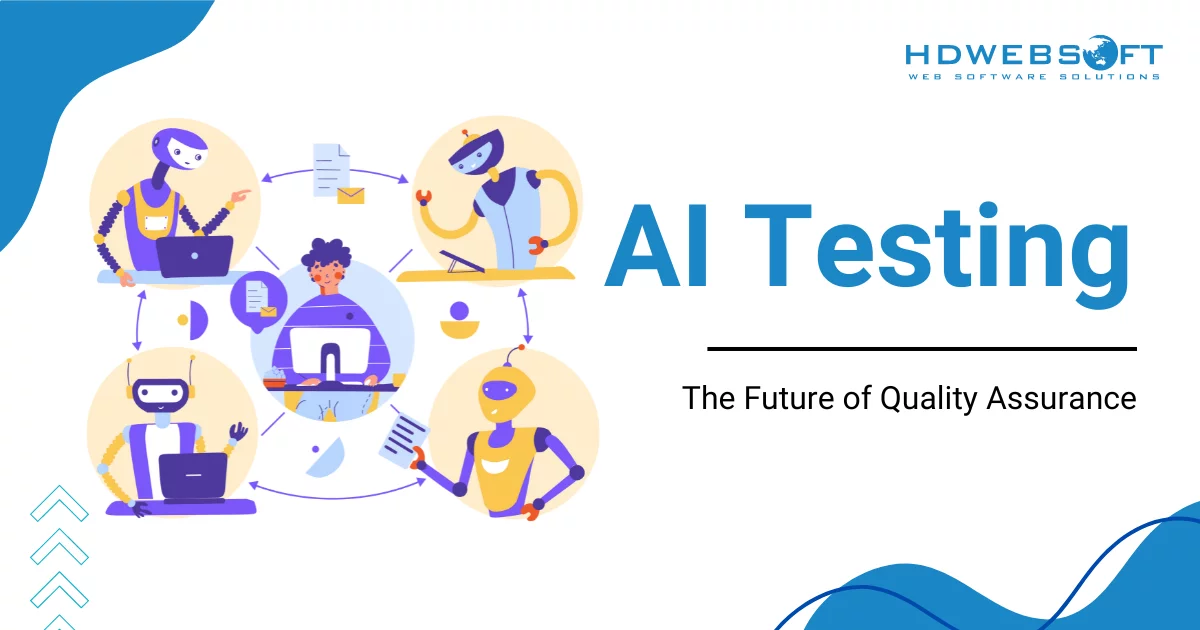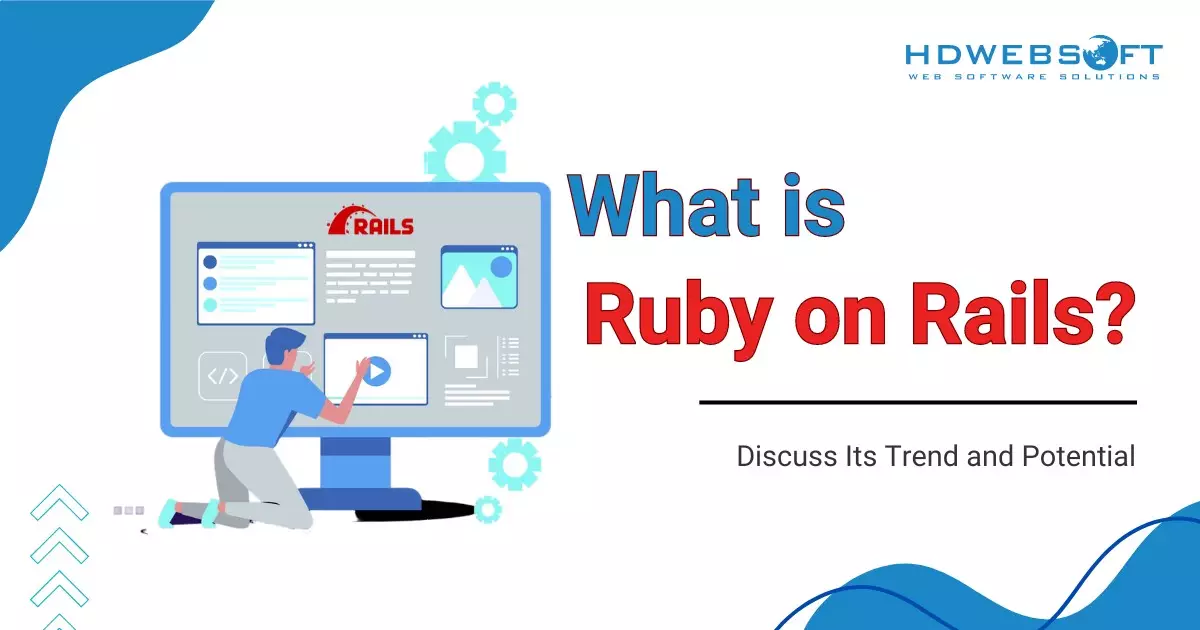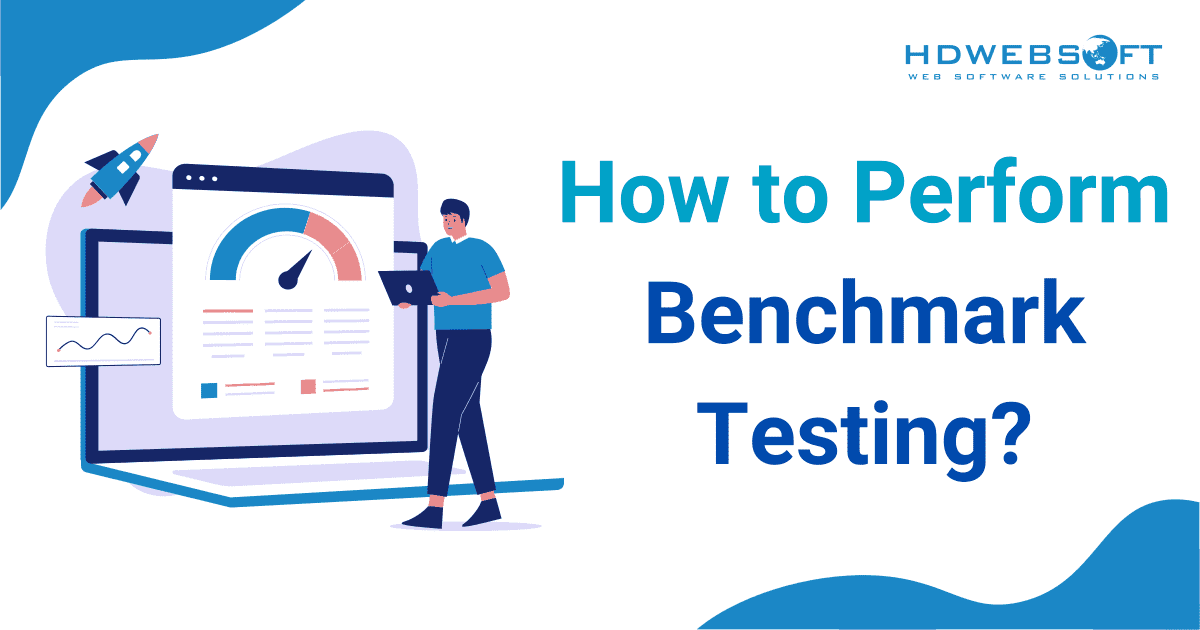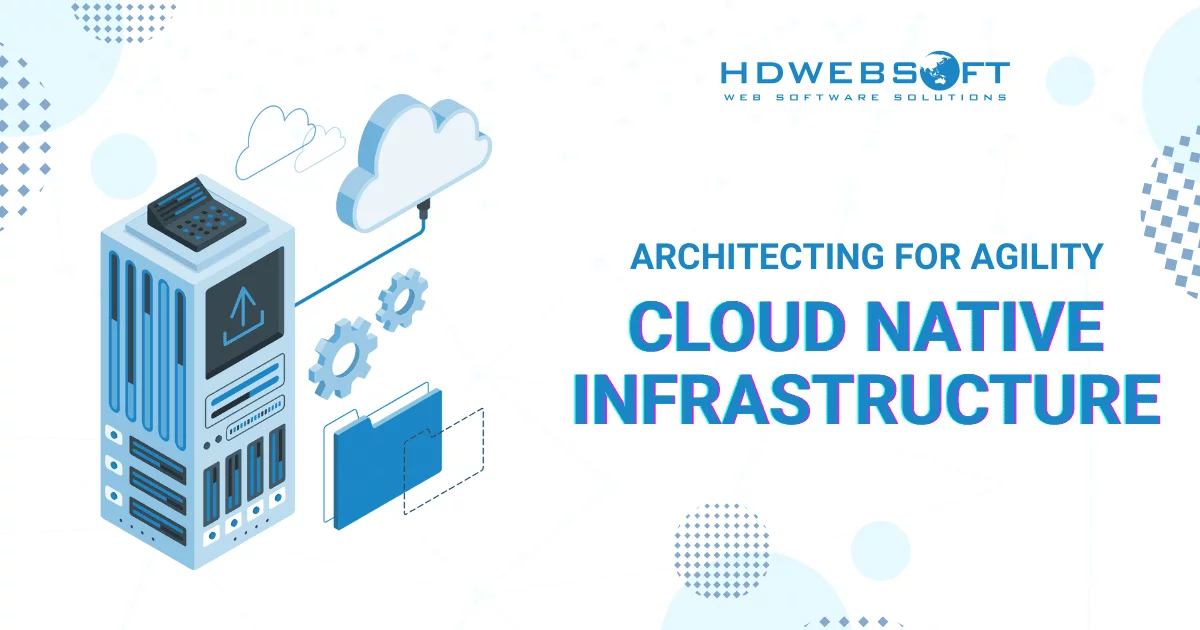
Cloud Native Infrastructure: Architecting for Agility
Cloud native infrastructure stands as the bedrock for building and deploying modern, resilient, and scalable applications in today’s digital landscape. It fundamentally transforms how organizations conceive, provision, and manage their underlying technology stack. As a result, they shift toward dynamic, automated, and highly distributed environments that are optimized for the cloud.
In order to innovate rapidly, organizations must understand cloud-first infrastructure and how it differs from traditional models. It’s also important to grasp its core principles and the challenges it brings. This blog post explores these key areas, offering a clear overview of how to build the foundation for next-gen software.
What is Cloud Native Infrastructure?
At its heart, cloud native infrastructure is the architectural approach and set of technologies designed to build, deploy, and manage applications optimized for cloud computing environments. It’s not merely about where your infrastructure lives, but how it is conceived, provisioned, and managed. At the same time, it embraces immutability, declarative APIs, automation, and resilience to provide a robust platform for cloud-native applications. For your information, those are built as microservices, packaged in containers, and managed dynamically.
Think of it as infrastructure that is inherently aware of and optimized for the ephemeral, scalable, and distributed nature of modern applications. It provides the essential services needed for these applications to thrive, all managed through software-defined approaches rather than manual processes.
This paradigm shift allows organizations to achieve greater agility, faster time to market, and improved cost efficiency. The infrastructure is treated as code, enabling repeatability, versioning, and automated deployment. This is why manual configuration is largely a thing of the past.
What isn’t cloud native infrastructure?
Understanding what cloud native infrastructure is is often clarified by understanding what it isn’t. It is not simply “infrastructure in the cloud.” Many organizations begin their journey by “lifting and shifting” existing monolithic applications and their traditional infrastructure onto cloud virtual machines. While this moves assets to the cloud, it doesn’t fundamentally change the underlying architecture or operational model. This is sometimes referred to as “cloud-hosted” but lacks the dynamic, automated, and resilient characteristics of true cloud infrastructure.
Traditional infrastructure, often characterized by physical servers, manual provisioning, static resource allocation, and monolithic application deployments, stands in stark contrast. Changes are slow, scaling is vertical and requires downtime, and resilience relies on redundant hardware configured manually. Lift-and-shift without re-architecting the application and adopting cloud-native operational practices doesn’t unlock the full potential of the cloud. A true cloud native infrastructure is built from the ground up (or significantly transformed) to leverage cloud-native services and patterns. It should support applications designed with microservices, containerization, and automated management in mind.
Scheduler vs Orchestrator
A crucial distinction in the realm of cloud-first infrastructure lies in understanding the roles of Schedulers and Orchestrators. While these terms are sometimes used interchangeably in casual conversations, they serve distinct yet complementary functions in managing containerized applications.
What is a Scheduler?
A Scheduler is like the smart dispatcher of a cloud-native system. Its job is to determine where a particular workload should run in a cluster of machines.
It makes decisions based on several criteria, including:
- Available compute resources (CPU, memory)
- Node affinity/anti-affinity rules
- Taints and tolerations
- Workload priorities
Think of it as a resource allocator that assigns tasks to the most suitable nodes. Ultimately, this helps ensure efficient distribution and balance across the cloud native infrastructure.
Example: In Kubernetes, the kube-scheduler handles this task by evaluating each pod’s requirements and matching them with a suitable node.
What is an Orchestrator?
An Orchestrator is the boss-level manager. It doesn’t just place workloads. Even better, it oversees their entire lifecycle and ensures everything in your system is running as intended.
Responsibilities of an orchestrator typically include:
- Workload scheduling (built-in scheduler)
- Provisioning and deployment
- Autoscaling (up and down)
- Networking and storage orchestration
- Load balancing
- Health checks and self-healing
- Rolling updates and rollback
Kubernetes is the most widely used orchestrator in cloud-native environments. It helps maintain the desired state of your applications by responding to failures or changes in traffic automatically.
Key Differences Between Scheduler and Orchestrator
| Feature | Scheduler | Orchestrator |
| Primary Role | Task placement | Full lifecycle management |
| Focus Area | Allocating resources | Ensuring app availability, scaling, and stability |
| Scope | Narrow | Broad and system-wide |
| Examples | kube-scheduler | Kubernetes, Nomad, Apache Mesos |
| Self-Healing? | ❌ No | ✅ Yes |
| Scaling? | ❌ No | ✅ Yes |
While an orchestrator includes scheduling functionality, it adds layers of automation and system intelligence far beyond basic workload placement.
Foundational Principles of Cloud-First Infrastructure
Building effective cloud native infrastructure relies on adhering to several core principles. They are the ones that dictate how resources are managed and applications are deployed. Expectantly, these principles enable the agility, resilience, and scalability that define the cloud-native paradigm.
Containerization
Thanks to tools like Docker, containerization has become a foundational element of modern cloud infrastructure. Containers package applications and their dependencies into isolated, portable units. Consequently, applications can run consistently across different environments, from a developer’s laptop to a production cloud cluster.
By abstracting the application from the underlying infrastructure, containers simplify development, testing, and deployment pipelines. The Open Container Initiative (OCI) standards further ensure interoperability between different container tools and runtimes, fostering a vibrant ecosystem.
Platform as a Service (PaaS)
Leveraging PaaS offerings is another key principle. PaaS provides managed services that abstract away the underlying infrastructure. Owing to this, developers can focus on writing code rather than managing databases, messaging queues, or other middleware.
Cloud native infrastructure providers offer a wide range of PaaS options. These include managed Kubernetes services (like GKE, EKS, AKS), managed databases (like RDS, Cloud SQL, Cosmos DB), and serverless functions (like Lambda, Cloud Functions, Azure Functions). By consuming these services, organizations reduce operational overhead and accelerate development cycles, contributing significantly to the software’s efficiency.
IT Infrastructure Automation
Automation is non-negotiable in a cloud-native world. Manual processes are slow, error-prone, and cannot keep pace with the dynamic nature of cloud environments. Cloud infrastructure heavily relies on automation for provisioning, configuration management, deployment, and operational tasks.
What’s more, Infrastructure as Code (IaC) tools like Terraform, CloudFormation, and Ansible allow infrastructure to be defined and managed using code. They enable versioning, testing, and automated deployment of infrastructure changes. In turn, automation ensures consistency and repeatability and reduces the risk of configuration drift.
Autoscaling
The ability to automatically adjust resources based on demand is a critical feature of cloud native infrastructure. Autoscaling ensures that applications can handle sudden spikes in traffic without manual intervention and scale down during periods of low activity to optimize costs.
For starters, this can be applied at various layers. Developers can scale the number of container instances and nodes in a cluster or even manage services like databases. Policies can be defined based on different benchmark metrics like CPU utilization, memory consumption, or network traffic. Ultimately, the infrastructure is allowed to react dynamically to the application’s needs.
Parallel Development Environments
Cloud-first infrastructure facilitates the rapid provisioning of consistent, isolated environments for development, testing, and staging. Development teams are free to work in parallel without interfering with each other, accelerating the development lifecycle.
With IaC and containerization, identical environments can be spun up on demand for feature branches, testing, or bug fixing. In doing so, they closely mimic the cloud native infrastructure production environment. Resultantly, this reduces the “it worked on my machine” problem and improves the quality and speed of software delivery.
Load Balancing
Distributing incoming network traffic across multiple instances of an application is essential for ensuring high availability and performance. In cloud infrastructure, load balancing is a built-in capability. So, it’s often provided as a managed service by the cloud provider or handled by the orchestration platform.
Hence, load balancers route traffic to healthy application instances, preventing single points of failure and ensuring optimal resource utilization. This is crucial for handling fluctuating traffic loads and maintaining application responsiveness.
Application Monitoring
Effective monitoring is vital for understanding the health and performance of applications and the underlying infrastructure. Cloud native infrastructure necessitates a layered approach to monitoring:
Infrastructure-level Monitoring
The first layer involves monitoring the health and performance of the underlying infrastructure components. In particular, compute resources (CPU, memory), network throughput, disk I/O, and node health in a cluster. They are the tools that gather metrics and logs from the infrastructure layer to identify potential issues.
Application-level Monitoring
The next one focuses on the application’s performance and behavior, including request rates, latency, error rates, and application-specific metrics. Distributed tracing and structured logging are crucial for understanding the flow of requests across multiple microservices and debugging issues in a distributed environment. Thus, comprehensive monitoring at both layers provides the visibility needed to identify and resolve problems proactively.
According to a report, the global cloud computing market is projected to reach over $5,150.92 billion by 2034. The number indicates the massive scale and continued growth of cloud adoption that necessitates robust cloud native infrastructure.
The Core Challenges of Cloud-Native Infrastructure
While the benefits of cloud native infrastructure are numerous, implementing and managing it comes with its own significant challenges. These often stem from the inherent complexity of distributed systems and the need for new operational paradigms. Fret not, for each challenge, effective solutions and strategies have emerged.
Complexity and Distributed Systems
Moving from monolithic applications running on a few servers to distributed systems composed of many small, interconnected microservices increases complexity. Furthermore, this shift, which relies on dynamic infrastructure, significantly amplifies the challenges involved. Understanding how these services interact, managing dependencies, and debugging issues across multiple components can be daunting.
Solutions
In order to tame this complexity, organizations must invest in robust tooling and establish clear operational practices. This includes adopting service mesh technologies, such as Istio or Linkerd, to manage communication between services. Additionally, it involves using API gateways for access management and observability platforms for logging, metrics, and tracing across the system. Moreover, strong documentation, clear service contracts, and a shared responsibility between DevOps teams in building cloud native infrastructure are also crucial.
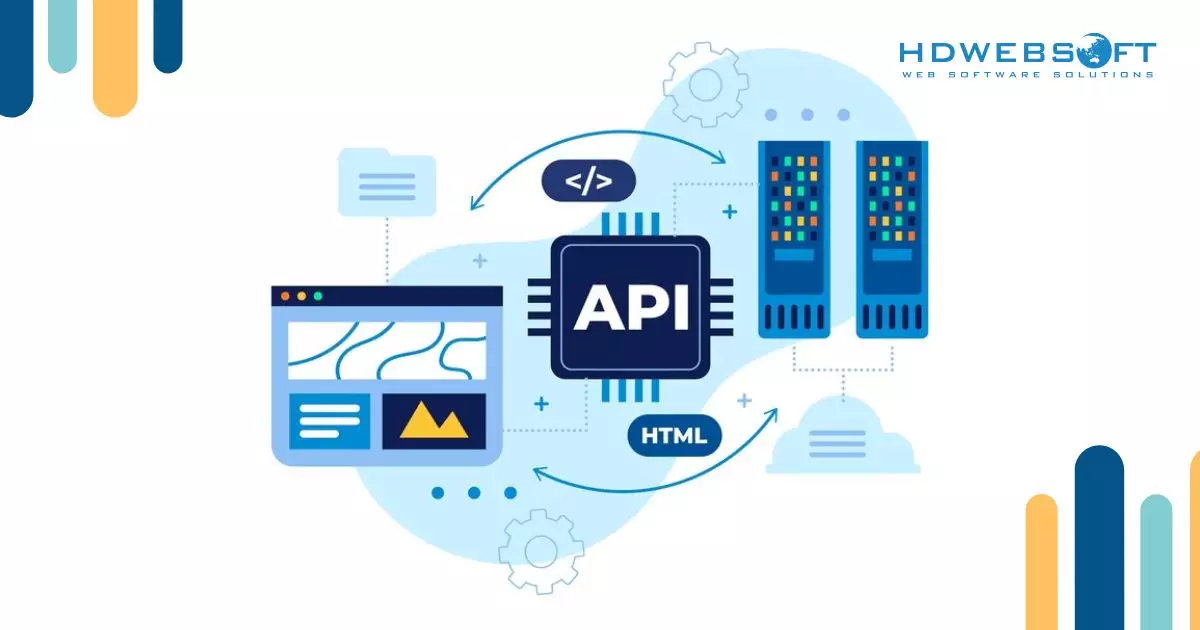
Monitoring and Observability in a Microservices World
In a traditional monolith, monitoring was relatively straightforward. With microservices, a single user request might traverse multiple services. Hence, it’s difficult to trace the request flow, identify bottlenecks, or pinpoint the root cause of an issue. Traditional monitoring tools often struggle with the dynamic and ephemeral nature of containers and services.
Solutions
Achieving effective observability in a cloud-first infrastructure requires a shift from simply monitoring known metrics to being able to ask arbitrary questions about the system’s state. This involves implementing:
- Unified Logging: Centralizing logs from all services and infrastructure components into a single platform for analysis and searching.
- Distributed Tracing: Instrumenting services to track the path of a request as it moves through the system. This will provide visibility into latency and dependencies.
- Comprehensive Metrics: Collecting detailed metrics from applications and infrastructure, aggregated and visualized in dashboards.
- AIOps: Utilizing AI and ML to analyze monitoring data, detect anomalies, predict potential issues, and automate incident response in cloud native infrastructure.
Data Management and Consistency
Managing data in a distributed environment where different services might use different databases or data stores presents significant challenges. It’s particularly important regarding data consistency and transactional integrity. Therefore, ensuring data consistency across multiple services and handling distributed transactions reliably is complex.

Approaches
Several patterns and technologies can help address data management challenges in cloud-first infrastructure. This includes:
- Eventual Consistency: For many use cases, strict immediate consistency is not required. Embracing eventual consistency patterns, often facilitated by message queues and event streaming platforms like Kafka. As a result, it allows services to remain available while data propagates throughout the system over time.
- Saga Pattern: For distributed transactions requiring atomicity across multiple services, the Saga pattern helps manage a sequence of local transactions. It also includes compensating actions to roll back changes if any step fails.
- Managed Data Services: Leveraging cloud native infrastructure providers’ managed database services, they can assist you with this challenge. Namely, caching layers and streaming platforms can offload significant operational burden and provide built-in features for scaling, resilience, and backup.
Embrace Automation and Infrastructure as Code
While IaC and automation are foundational principles, the challenge lies in the successful implementation, adoption, and maintenance across an organization. This includes managing state files for IaC tools, preventing configuration drift, and integrating automation into CI/CD pipelines. More importantly, all teams must have the necessary skills.
Approaches
To overcome this challenge, organizations need to:
- Enforce IaC Practices: Make it a mandatory requirement for all infrastructure provisioning and configuration.
- Implement GitOps Workflows: Use Git as the single source of truth for both application code and infrastructure code. It’s best to automate deployments based on Git commits.
- Automate Testing of Infrastructure Changes: Treat infrastructure code like application code, implementing unit tests, integration tests, and static analysis.
- Invest in Training: Cloud native infrastructure development and operations teams should be trained in IaC tools and automation best practices.
- Establish Clear Ownership and Processes: Clearly define who is responsible for managing different parts of the infrastructure code. And don’t forget to establish clear processes for making changes.
Service Discovery and Networking for Faster Development
In a dynamic cloud-native environment, service instances are constantly being created, destroyed, and moved. Therefore, services need a reliable way to find and communicate with each other. Manual configuration of network endpoints is impractical and hinders developer productivity.
Strategies
Effective service discovery and networking are essential enablers of faster development in cloud native infrastructure. They include:
- Service Discovery Mechanisms: Implementing service discovery registries, which are often built into orchestrators like Kubernetes. They allow services to register themselves and look up the network locations of other services by name.
- Service Mesh: Implementing a service mesh adds a programmable layer to manage service-to-service communication. Particularly, it provides features like load balancing, traffic routing, encryption, and authentication without requiring changes to the application code.
- API Gateways: They serve as a single entry point for external traffic, routing requests to the appropriate backend services. They also handle concerns such as authentication, rate limiting, and data transformation.
- Declarative Networking: Defining network policies and configurations using declarative APIs will allow for automated network management and security enforcement.
Recent data has revealed a significant increase of 60% in the adoption of cloud-native technologies. In particular, Kubernetes usage continues to rise to 96%. As you can see, there’s a growing reliance on robust cloud native infrastructure to power modern applications.
A Few Last Words…
Cloud native infrastructure is more than just a set of technologies. It’s a fundamentally different approach to building and managing the foundation for modern applications. While the transition presents challenges, the solutions exist and are constantly evolving. Your investment pays off through accelerated innovation, improved reliability, and the ability to respond rapidly to changing market demands.
The journey to cloud native is transformative, and building the right infrastructure is a critical step on that path. As a Cloud Software Development company, HDWEBSOFT commits to only high-quality infrastructure that will grow with your business. Reach out to us and book a demo.








